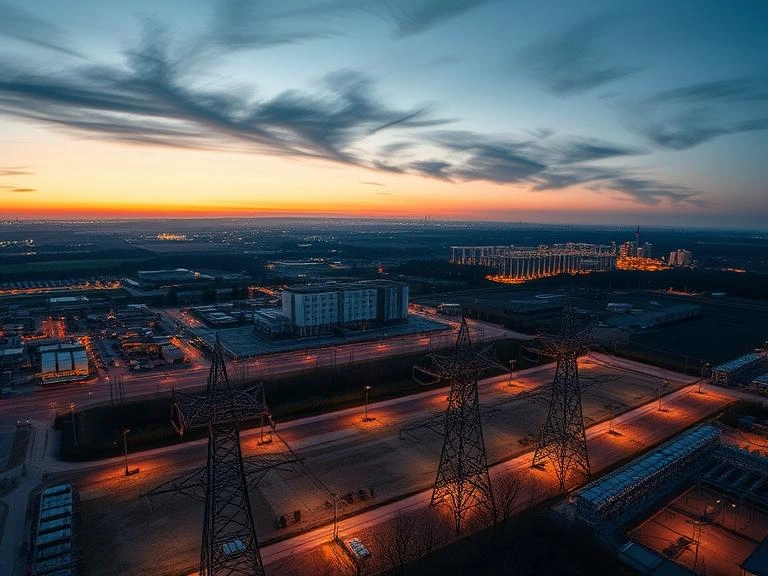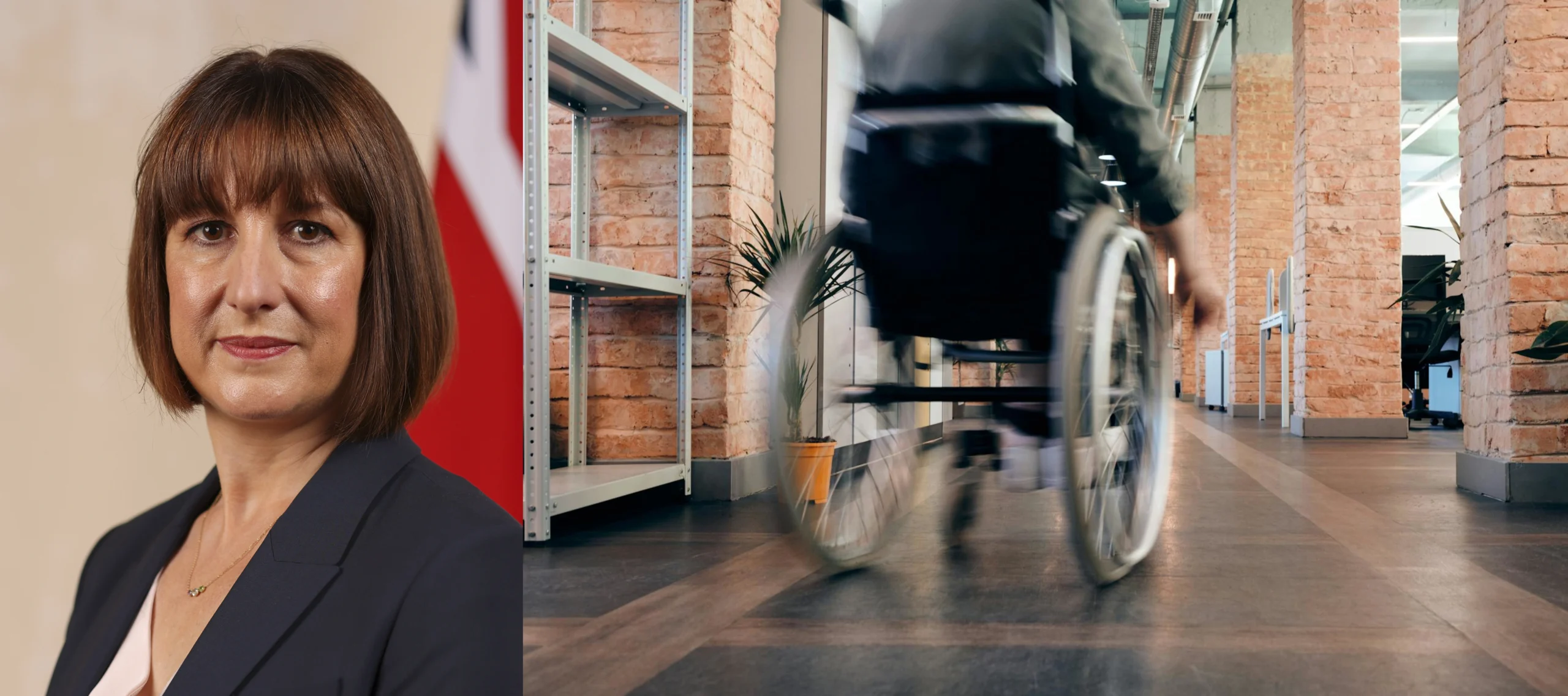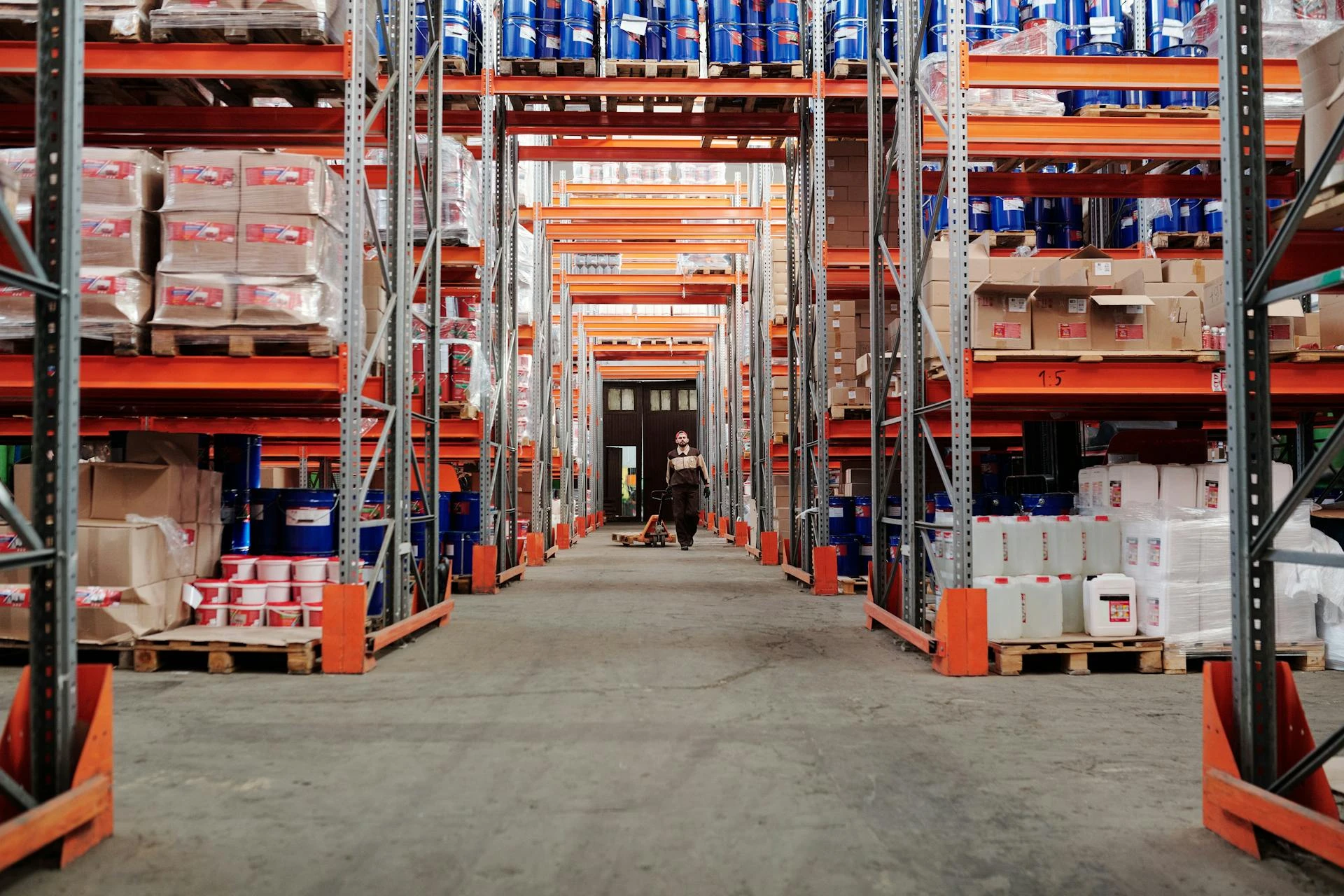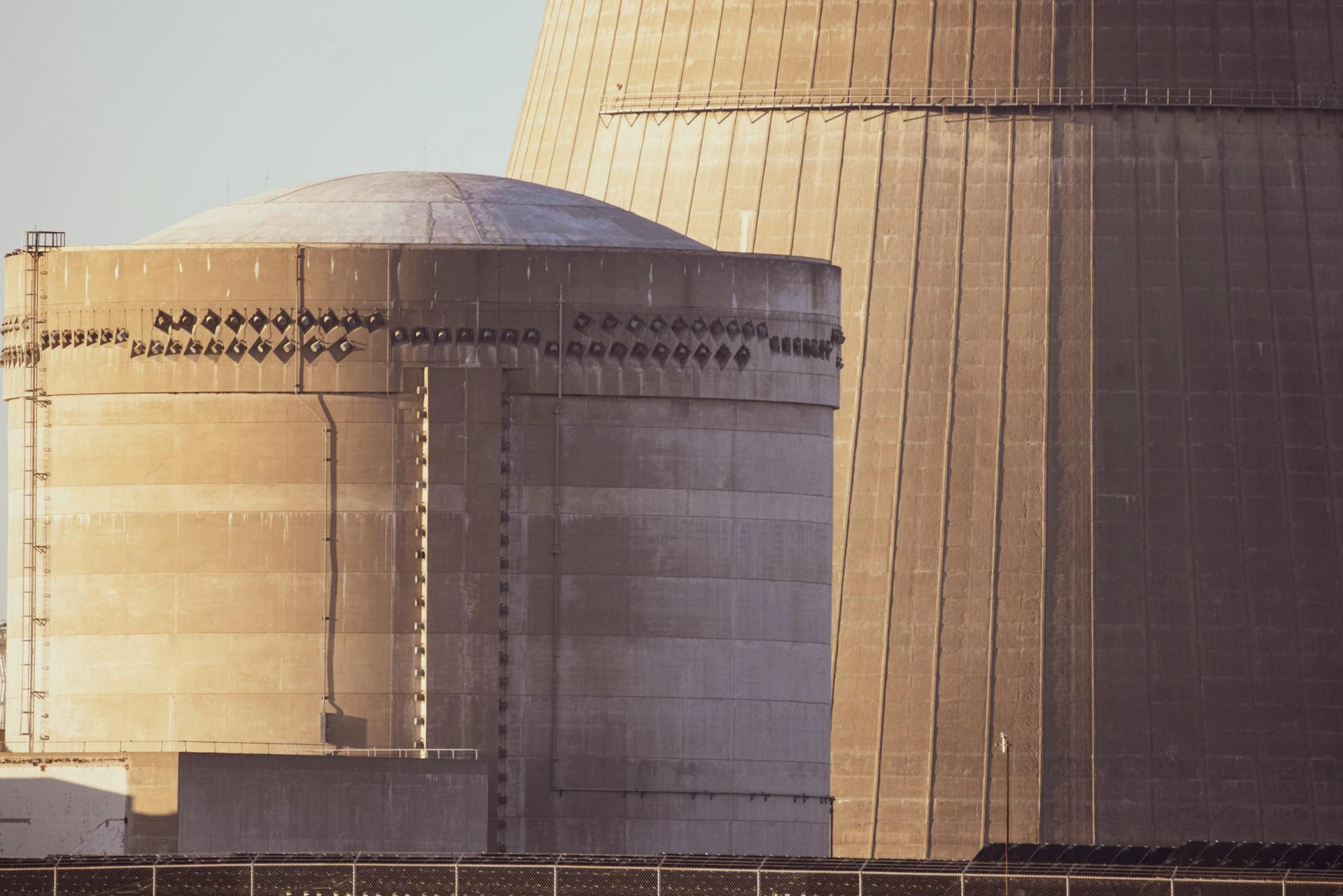The grid that will decide Europe’s future

Caspar Herzberg
- Published
- Opinion & Analysis

AI, electrification, and heavy industry all depend on one thing: power that works when and where it’s needed. Here, Caspar Herzberg of AVEVA warns that unless Europe redefines how it measures success, its grids — and its economy — will fail the next industrial test
“The first rule is that a measurement – any measurement – is better than none. But a genuinely effective indicator will cover the output of the work unit and not simply the activity involved.”
So wrote Intel’s legendary former CEO Andy Grove in his 1983 classic High Output Management.
And so it is with the state of European electrical grids. We need a fundamental rethinking of the key performance indicators that guide our grid infrastructure, concentrating on results, rather than inputs. As Grove well understood, measuring the outcomes that matter is no mere technocratic concern, but is rather a precondition for improving productivity and competitiveness.
Let’s address the electrical pylon in the room: European energy costs are not globally competitive. In its Electricity 2025 report, the International Energy Agency (IEA) finds European industrial firms pay more than twice the prices for electricity enjoyed by their American peers, and 50% more than their Chinese counterparts.
Speaking of China, the World Economic Forum’s latest Energy Transition Index notes that the Chinese economy accounted for roughly 40% of all clean energy investments in 2024. Regulators there are prioritising grid enhancements to support these new resources in a bid to cement China’s status as the world’s first “electrostate,” not just in terms of competitiveness, but also with an eye to energy security.
As we look ahead to COP30, grids also loom large as a major climate stumbling block and may tell the tale of whether Europe’s net-zero targets are met. Modelling by the IEA suggests grid connection delays, for example, could result in incremental carbon emissions through 2050 equivalent to those of the total power sector over a four-year span.
The recent announcement by Dan Jørgensen, EU Commissioner for Energy and Housing, of Europe’s first two “tripartite” contracts, for offshore wind and energy storage, are a step in the right direction. A central plank of the EU’s Affordable Energy Action Plan, published in February 2025, these contracts bring together the public sector, power producers and industry to address energy affordability and reliability and promote a favourable investment climate for clean energy.
Procurement and construction-focused yardsticks for grids are not enough. We need to go beyond crude, quasi-theoretical measures of capacity like gigawatts awarded or installed to a basket of performance-based metrics that reflect the real-world context of industrial power use. What industry truly lacks is confidence that power is not just available but is affordable and reliable where it’s needed.
“Strategic” industrial loads, the electricity required for large-scale energy-consuming processes (e.g., smelting of metals, clinker production in cement), represent some of the biggest strains on grids. However, they can be strategically shifted based on grid conditions, but only if there is enough intelligence in the system. Therein lies the opportunity and the challenge, especially in an evolving energy landscape where intermittent renewable sources account for the lion’s share of generation.
Of course, the big industrial electricity demand ahead is AI data centres. According to a recent report from Ember, a global energy think tank, electricity requirements from data centres in Europe will increase 150% in the next decade. That same report notes that it can take up to 13 years to connect a data centre to the grid.
That’s a sobering metric. If Europe wants an electrified, fossil fuel-independent industry and an AI and high-performance computing sector that can go toe to toe with technology competitors anywhere on the planet, the grid must be planned and managed with operational and economic realities in mind.
In response, regulators are increasingly looking to system-level measures of network performance. In joint principles on smart grid performance indicators published last year, the Agency for the Cooperation of Energy Regulators (ACER) and the Council of European Energy Regulators (CEER) called for more emphasis on efficiency, resilience and affordability.
The 2019 EU Electricity Directive mandates the development of smart grid indicators and performance monitoring. In May of this year, the European Parliament adopted a report identifying electrification rate, curtailments, grid congestion costs, cross-border interconnectivity and penetration rates of digital systems as some of the relevant barometers.
Digital capabilities are especially critical. With greater intelligence and situational awareness, we can make better predictions about grid operations, optimising power flows, load balancing and maintenance.
We can tap into dynamic line ratings (DLRs), which use real-time data about ambient temperatures, wind speeds and solar radiation levels to forecast more precisely the amount of energy that can safely flow through transmission lines without causing an outage. This means we can dramatically increase the utilisation of existing infrastructure and integrate renewables more seamlessly in the overall power mix.
More sophisticated measures of grid performance will benefit transmission and distribution system operators, policymakers, providers of capital and industry itself in making better decisions about designing, building and operating the continent’s energy system.
The European Court of Auditors’ Review in January put the price tag of grid infrastructure upgrades needed to meet Europe’s net-zero aims at a staggering €1.994 to €2.294 trillion through 2050.
That’s a tall order. The choice between patching antiquated grid hardware and the “Waiting for Godot” scenario of an end-to-end overhaul of infrastructure is a false one, however. When it comes to grids, brains win over brawn.
The grid of the future will be software defined. By harnessing time-series data about grid operations, digital twins for real-time simulation and AI-powered predictive analytics at scale, we can make optimal use of existing capacity in the short term while infrastructure buildouts and connection queues are addressed over time.
But Europe’s smart grid of tomorrow will depend on good data. That begins with having the right measures of success in mind today.

Caspar Herzberg is chief executive officer of industrial software leader AVEVA and is a member of the Executive Committee of Schneider Electric. He is based in London.
READ MORE: ‘Why hybrid energy systems are set to power the continent‘. When industry leaders, tech visionaries, and green-energy pioneers converge on Munich this May for Intersolar Europe, they’ll be talking about a concept that’s finally having its moment in the spotlight: hybrid power plants. It might not sound glamorous, but combining the power of sun, wind, and water with advanced battery technology is quietly changing the way we think about energy, writes John E. Kaye.
Do you have news to share or expertise to contribute? The European welcomes insights from business leaders and sector specialists. Get in touch with our editorial team to find out more.
Main image: Upgrading grid performance, not just capacity, has become central to the continent’s economic and climate strategy.
Sign up to The European Newsletter
RECENT ARTICLES
-
 Forget ‘quality time’ — this is what children will actually remember
Forget ‘quality time’ — this is what children will actually remember -
 Shelf-made men: why publishing still favours the well-connected
Shelf-made men: why publishing still favours the well-connected -
 European investors with $4tn AUM set their sights on disrupting America’s tech dominance
European investors with $4tn AUM set their sights on disrupting America’s tech dominance -
 Rachel Reeves’ budget was sold as 'fair' — but disabled people will pay the price
Rachel Reeves’ budget was sold as 'fair' — but disabled people will pay the price -
 Billionaires are seizing control of human lifespan...and no one is regulating them
Billionaires are seizing control of human lifespan...and no one is regulating them -
 Africa’s overlooked advantage — and the funding gap that’s holding it back
Africa’s overlooked advantage — and the funding gap that’s holding it back -
 Will the EU’s new policy slow down the flow of cheap Chinese parcels?
Will the EU’s new policy slow down the flow of cheap Chinese parcels? -
 Why trust in everyday organisations is collapsing — and what can fix it
Why trust in everyday organisations is collapsing — and what can fix it -
 In defence of a consumer-led economy
In defence of a consumer-led economy -
 Why the $5B Trump–BBC fallout is the reckoning the British media has been dodging
Why the $5B Trump–BBC fallout is the reckoning the British media has been dodging -
 WPSL Group unveils £1billion blueprint to build a global golf ‘super-group’
WPSL Group unveils £1billion blueprint to build a global golf ‘super-group’ -
 Facebook’s job ads ruling opens a new era of accountability for artificial intelligence
Facebook’s job ads ruling opens a new era of accountability for artificial intelligence -
 Robots can’t care — and believing they can will break our health system
Robots can’t care — and believing they can will break our health system -
 The politics of taxation — and the price we’ll pay for it
The politics of taxation — and the price we’ll pay for it -
 Italy’s nuclear return marks a victory for reason over fear
Italy’s nuclear return marks a victory for reason over fear -
 The Mamdani experiment: can socialism really work in New York?
The Mamdani experiment: can socialism really work in New York? -
 Drowning in silence: why celebrity inaction can cost lives
Drowning in silence: why celebrity inaction can cost lives -
 The lost frontier: how America mislaid its moral compass
The lost frontier: how America mislaid its moral compass -
 Why the pursuit of fair taxation makes us poorer
Why the pursuit of fair taxation makes us poorer -
 In turbulent waters, trust is democracy’s anchor
In turbulent waters, trust is democracy’s anchor -
 The dodo delusion: why Colossal’s ‘de-extinction’ claims don’t fly
The dodo delusion: why Colossal’s ‘de-extinction’ claims don’t fly -
 Inside the child grooming scandal: one officer’s story of a system that couldn’t cope
Inside the child grooming scandal: one officer’s story of a system that couldn’t cope -
 How AI is teaching us to think like machines
How AI is teaching us to think like machines -
 The Britain I returned to was unrecognisable — and better for It
The Britain I returned to was unrecognisable — and better for It -
 We built an education system for everyone but disabled students
We built an education system for everyone but disabled students



























